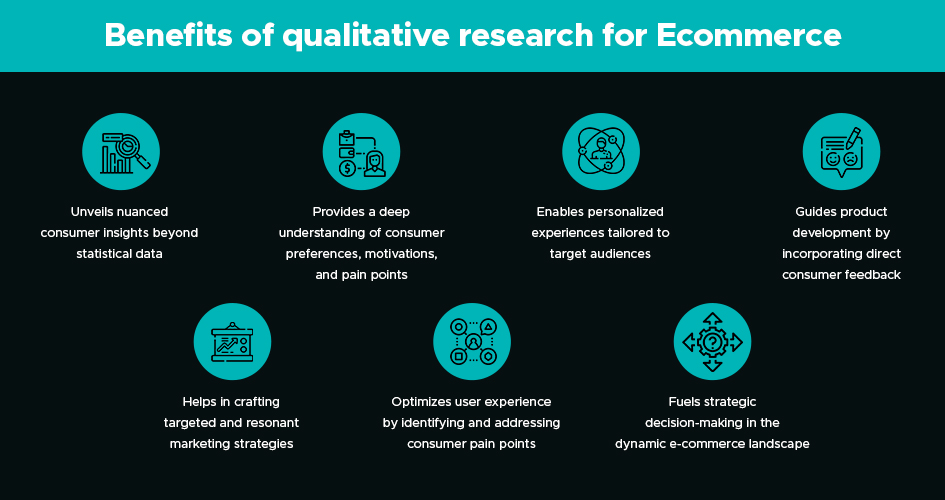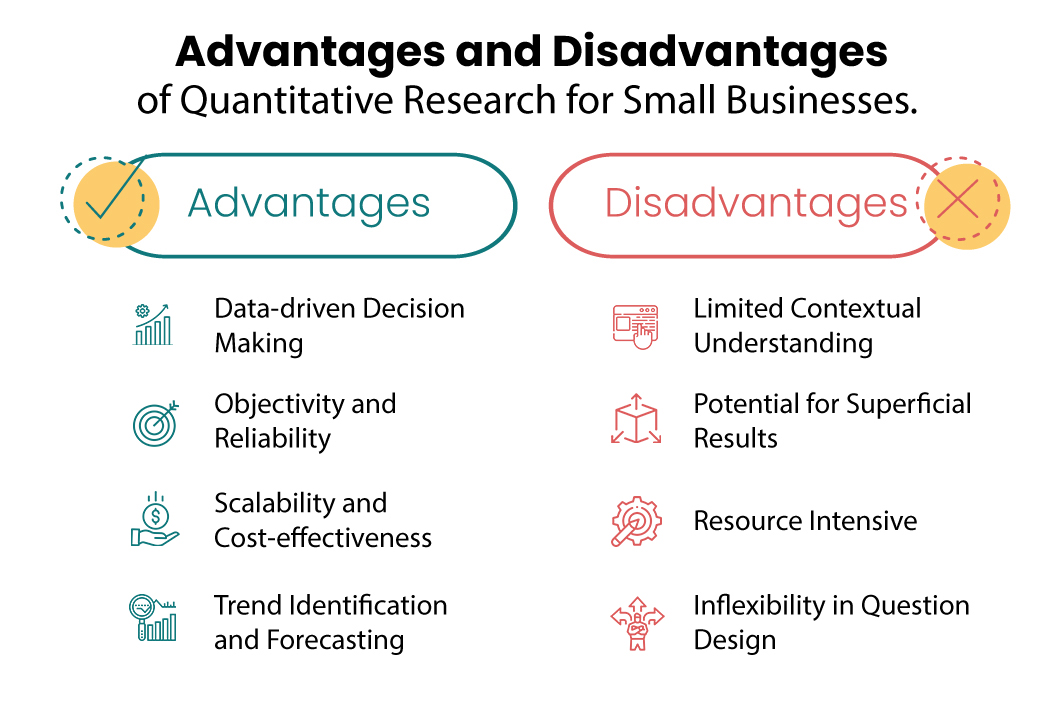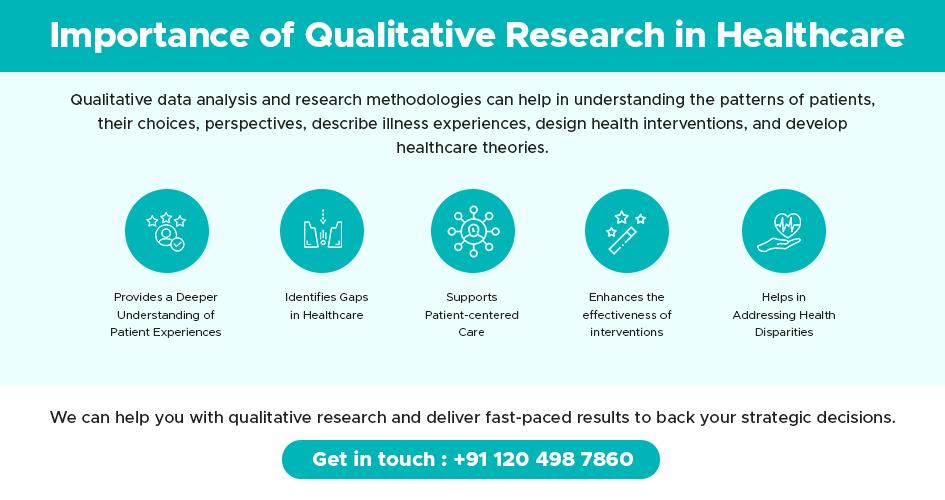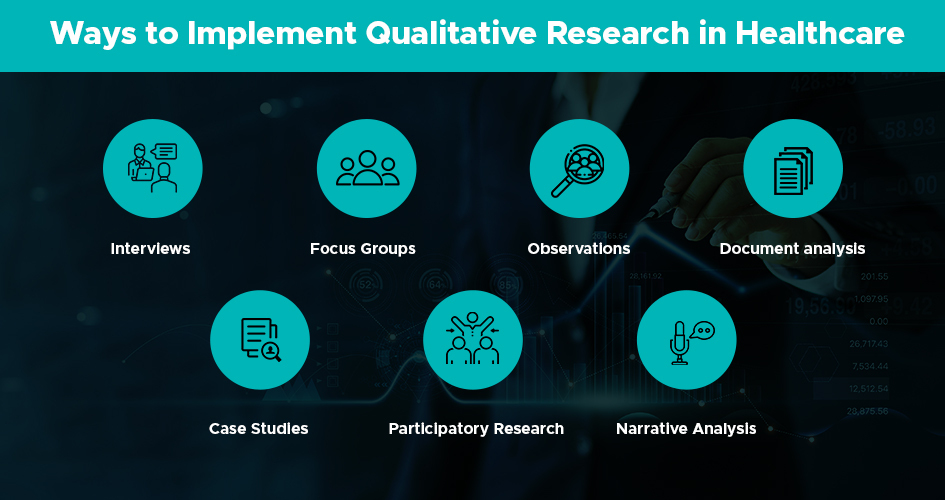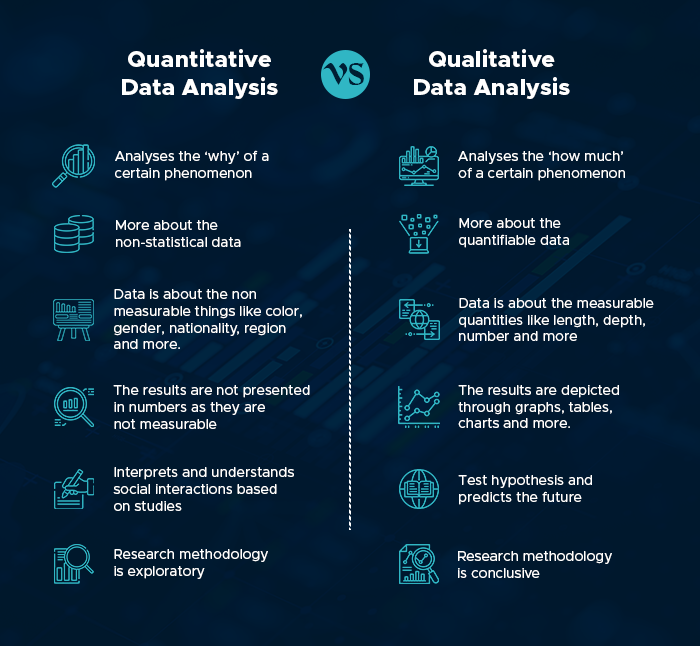The future of better care starts with understanding the voices that matter most – your patients.
For this, knowing their experiences, thoughts, and needs is essential. It shapes everything from creating new medicines to setting up hospital care and designing insurance plans. But standard surveys often fail to capture the depth and nuance needed. This is where qualitative research delivers invaluable human insights. Unlike quantitative studies focused on statistics, qualitative research reveals the “why” behind behaviors through open dialog. As healthcare is becoming more patient-centric, integrating qualitative insights across the ecosystem brings new opportunities to improve care and develop life-changing solutions. How does it work? Let’s figure out.
Understanding Qualitative Research
Qualitative research explores the ‘how’ and ‘why’ behind the data, offering a detailed exploration of human experiences, behaviors, and attitudes. Unlike its quantitative counterpart, which quantifies problems through numerical data, qualitative research seeks to understand the qualitative aspects of human life – the textures, colors, and emotions that shape health experiences. It involves methods like interviews, focus groups, and observation, providing rich, narrative data that paint a comprehensive picture of the healthcare sector.
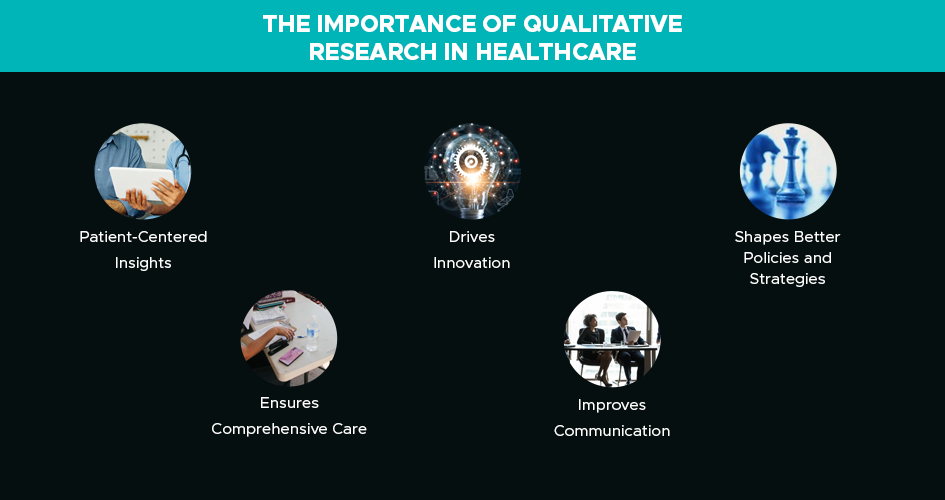
The Importance of Qualitative Research in Healthcare
Qualitative research is crucial in healthcare because it ensures that care, innovation, and policies are all deeply connected to the real needs and experiences of patients. It is about making healthcare more human, effective, and caring. Here is what is the importance of qualitative research in healthcare:
Patient-Centered Insights: It lets us hear directly from patients about what they go through, what they need, and how they feel about their care. This helps make healthcare services more about the patient, ensuring their needs and preferences are front and center.
Drives Innovation: By exploring the challenges and needs faced by both patients and healthcare providers, qualitative research sparks new ideas for products, services, and treatments. It helps create solutions that really match what people need.
Shapes Better Policies and Strategies: It provides the detailed information needed to make smart decisions in policy and strategy development. Because these decisions are based on real-life experiences and data, they are more likely to be effective and truly beneficial.
Improves Communication: Understanding the language and concerns of patients through qualitative research can improve how healthcare providers communicate. This can make patients feel more comfortable and understood, leading to better care outcomes.
Ensures Comprehensive Care: It looks beyond just the physical aspects of health and considers emotional and social factors too. This approach leads to more holistic and effective care for patients.
Optimizing the Patient Experience with Qualitative Research
Understanding what will truly make patients happier, healthier and more confident guides every aspect of care. Qualitative techniques uncover:
- Moments of anxiety, confusion or frustration in care journeys to improve.
- Preferred educational approaches, communication channels and support resources.
- Reactions to proposed wellness plans, therapy options and medication regimens to refine.
- Barriers to access, compliance and follow-up posing risks.
- Features and formats enhancing utility of apps, wearables, monitoring tools and drug delivery systems.
The Process of Qualitative Research Tailored for Healthcare Sector
Doing qualitative research in healthcare is a careful and thoughtful process. It makes sure we understand the complex and personal experiences of those giving and receiving care. It’s all about getting to the heart of what matters most in healthcare. Here is how it is typically done:
Defining the Research Question: First, we decide what part of healthcare we want to understand better. This could be anything from patient satisfaction to how a new treatment affects daily life.
Selecting Appropriate Methods: Depending on what we need to find out, we pick a method to gather information. This might be talking in-depth with patients one-on-one, having group discussions, or watching how people use healthcare services.
Recruitment of Participants: We carefully select people to participate, like patients, doctors, or family members. It is important to include a variety of people to get a full picture of the issue.
Data Collection: Through conversations or observations, we gather detailed stories and insights. We ask questions that help us understand people’s experiences and feelings about their healthcare.
Analysis: After collecting all this information, we review it to find common themes or interesting findings. This helps us understand the bigger picture.
Reporting: Finally, we put together all the insights we have gathered. We explain what we found and suggest how it can help improve healthcare.
Conclusion
Qualitative research aims to discover deeper motivations, beliefs, emotions and needs influencing decisions. This insight fills critical gaps that structured surveys cannot provide. It turns the spotlight on patient stories, needs, and emotions, guiding us toward care that truly resonates. Through deep conversations and careful listening, we uncover the insights necessary to innovate, communicate, and improve in ways that genuinely matter.
At Insights Opinion, we understand the critical importance of qualitative research in healthcare. Our specialized qualitative market research services are designed to provide businesses with the insights needed to navigate the complex healthcare environment. With a team of experienced researchers and a deep understanding of the healthcare sector, Insights Opinion is committed to delivering quality insights. Choose Insights Opinion for qualitative market research services that go beyond the surface, bringing you the depth of understanding needed to succeed in the healthcare sector.
FAQs
Why is qualitative research important in healthcare?
Ans. It is important because it helps us understand patients’ real experiences and feelings. This understanding leads to better care, services, and treatments that truly meet people’s needs.
How does qualitative research improve healthcare services?
Ans. By listening to patients and healthcare providers, we can find out what works well and what needs to get better. This information helps make healthcare services more patient-focused and effective.
Can qualitative research lead to new healthcare innovations?
Ans. Yes, it can. Learning directly from patients and providers about their challenges and needs sparks new ideas for products, services, and ways to deliver care.
Why choose Insights Opinion for qualitative research in healthcare?
Ans. Choosing Insights Opinion means you are partnering with experts who understand how to gather and use deep insights to make real improvements in healthcare. We are committed to making healthcare better for everyone.

